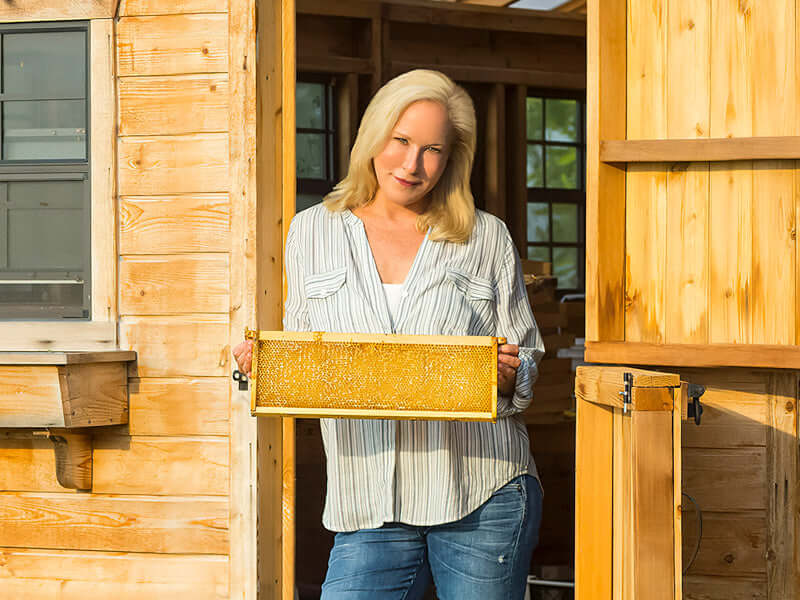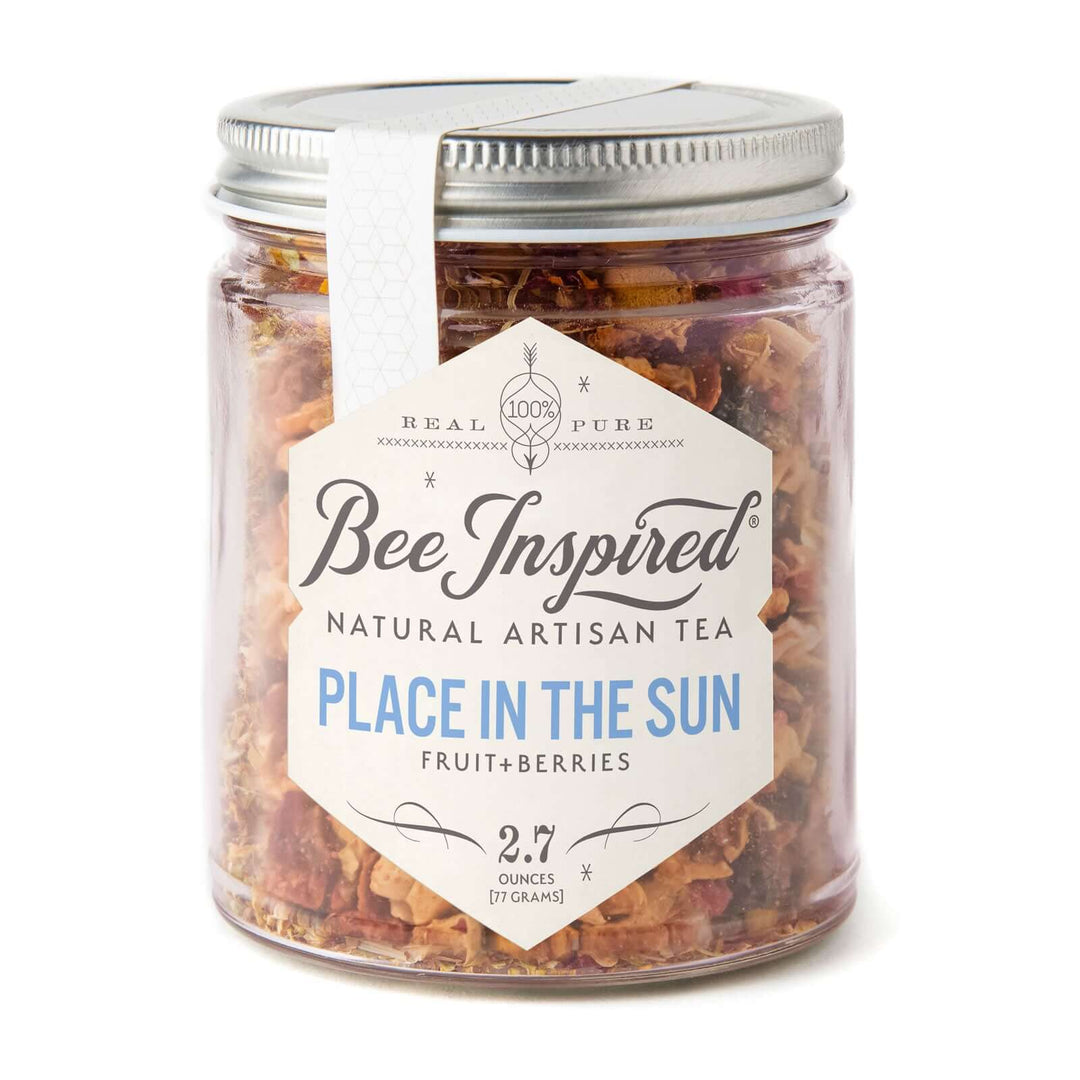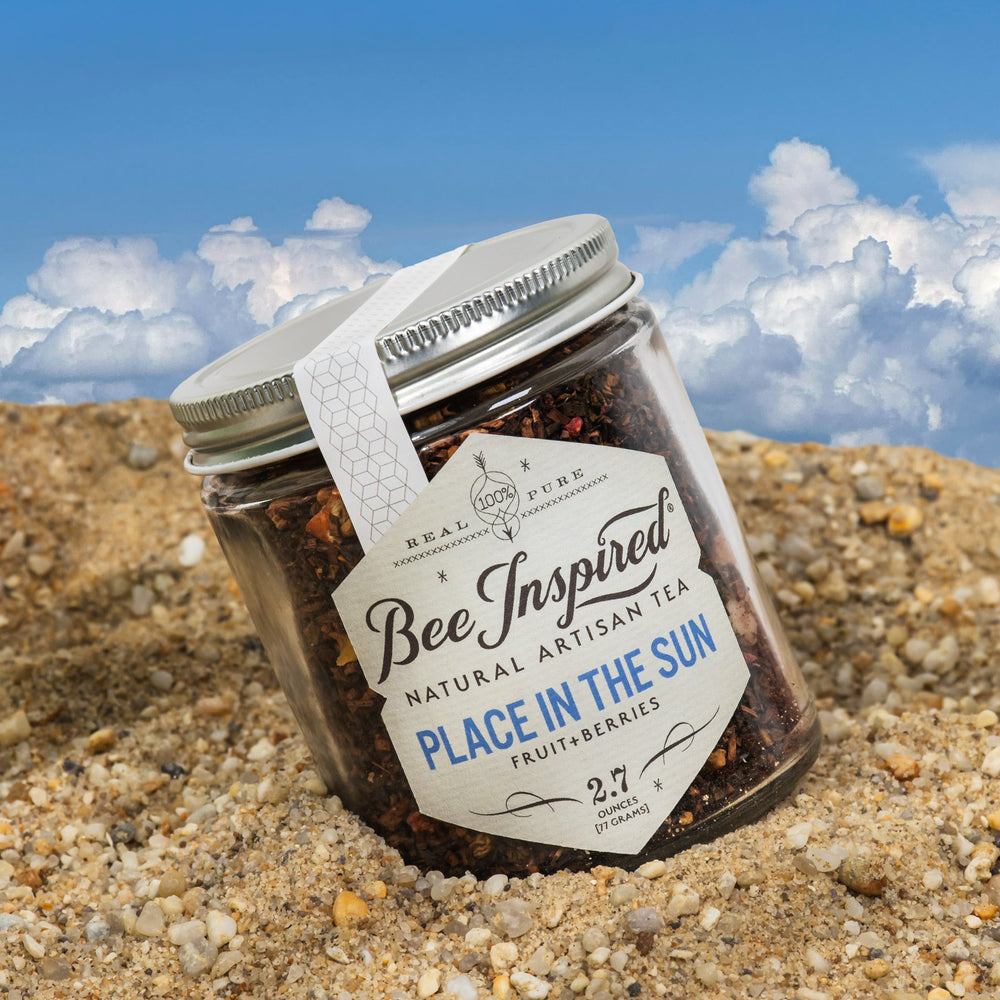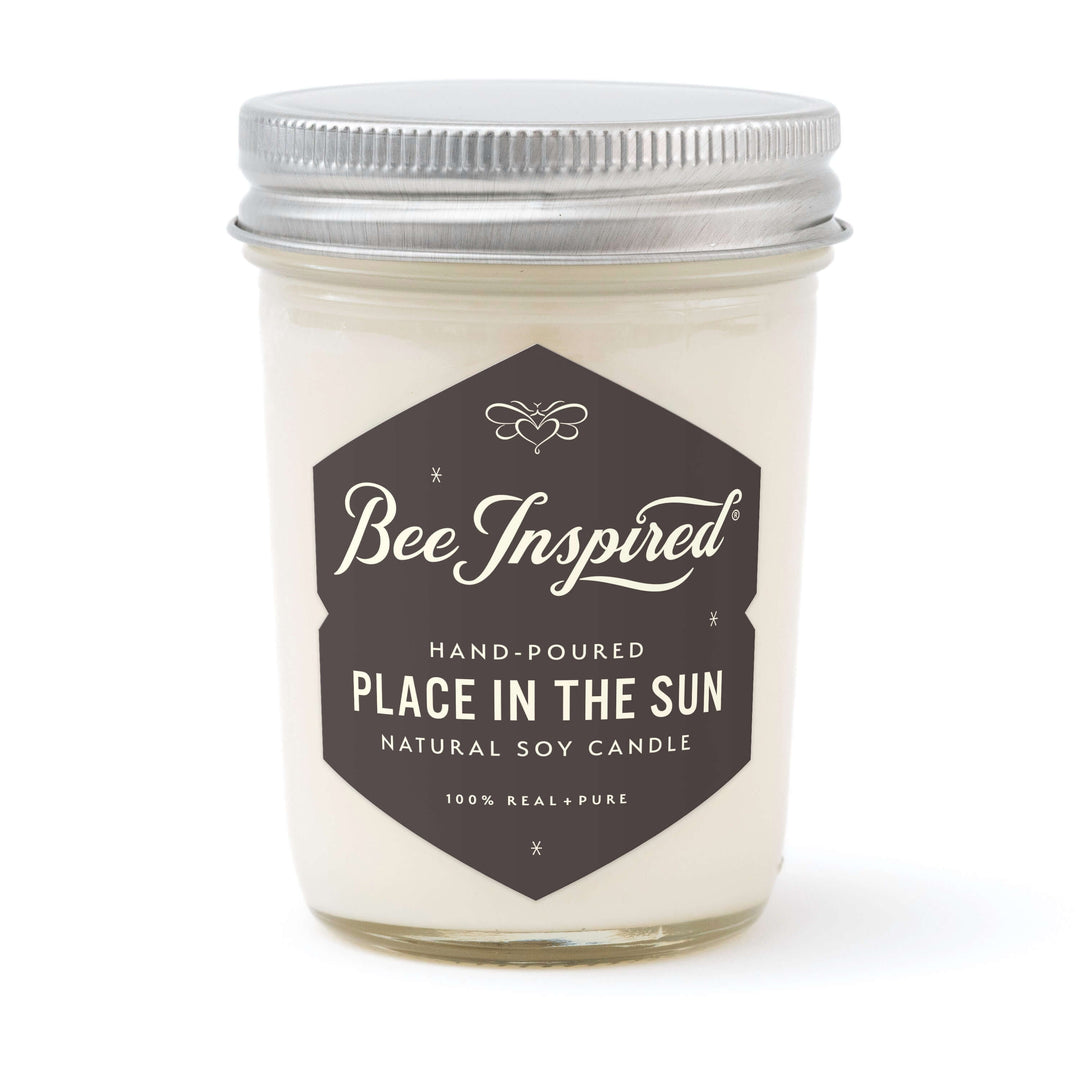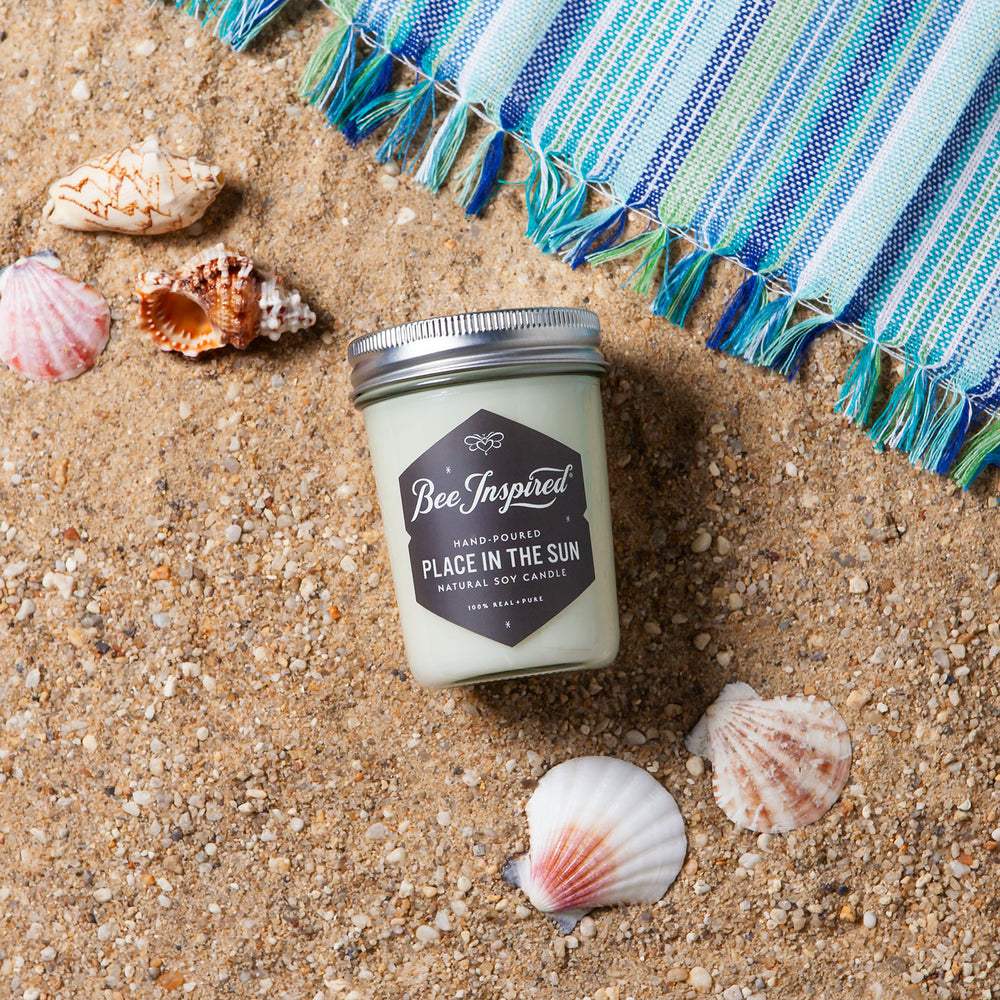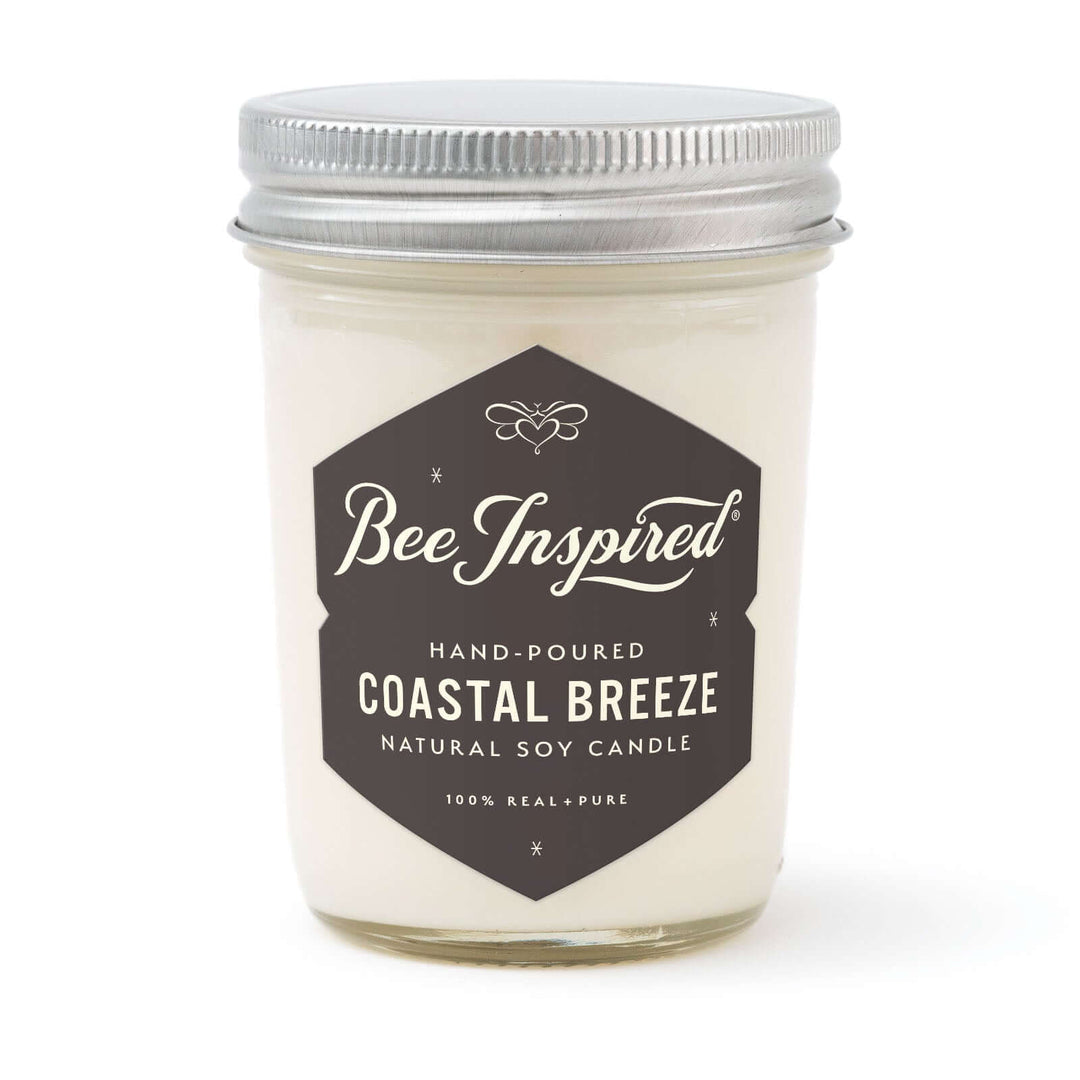Aloe vera (Aloe barbadensis miller) isn't just another houseplant—it's a living pharmacy that ancient civilizations from Egypt to China have treasured for thousands of years. This remarkable succulent combines stunning architectural beauty with incredible healing properties, making it the perfect addition to any home or garden. Whether you're a complete beginner or looking to expand your plant collection, this comprehensive guide will help you successfully grow, care for, and harvest your own aloe vera plants.

Why Choose Aloe Vera?
The Ultimate Low-Maintenance Plant
Aloe vera is practically indestructible when you understand its basic needs. This drought-tolerant succulent forgives neglect and actually thrives with minimal care—perfect for busy lifestyles or those new to gardening.
Natural Healing Powerhouse
The clear gel inside aloe leaves contains over 75 active compounds, including vitamins, minerals, amino acids, and enzymes. It's nature's first aid kit, ready to soothe burns, cuts, and skin irritations at a moment's notice.
Endless Multiplication
One healthy aloe plant will produce dozens of "pups" (baby plants) throughout its lifetime, giving you an endless supply of plants to share with friends or expand your collection.
Getting Started: What You'll Need
Essential Supplies
- Aloe vera plant (available at most garden centers)
- Terra cotta pot with drainage holes (2-3 inches larger than plant)
- Cactus/succulent potting mix (or regular potting soil mixed with perlite)
- Drainage material (gravel, broken pottery, or expanded clay pebbles)
- Bright, indirect sunlight location
Why Terra Cotta Matters
Terra cotta pots are ideal for aloe vera because they're porous, allowing excess moisture to evaporate through the walls. This prevents the root rot that kills more aloe plants than any other factor.

Step-by-Step Planting Guide
1. Prepare Your Container
Add a layer of drainage material (about 1 inch) to the bottom of your terra cotta pot. This prevents water from sitting around the roots.
2. Add the Right Soil
Fill the pot 1/3 full with well-draining cactus/succulent mix. If you can't find specialized soil, create your own by mixing:
- 2 parts regular potting soil
- 1 part perlite or coarse sand
- 1 part small gravel or pumice
3. Plant Your Aloe
Gently remove your aloe from its nursery container and place it in the new pot. The soil line should be at the same level as it was in the original container. Fill around the plant with more soil mix, leaving about 1 inch of space at the top.
4. Initial Care
Wait 7-10 days before watering to allow any damaged roots to heal. This prevents rot and gives your plant the best start.
Perfect Placement: Light and Location
Indoor Growing
Best Locations:
- South-facing windows (with sheer curtains to diffuse intense light)
- East or west-facing windows
- Bright bathrooms (humidity is actually beneficial)
- Sunrooms or enclosed patios
Avoid:
- North-facing windows (too dark)
- Direct, intense sunlight through glass (can cause leaf burn)
- Dark corners or rooms without natural light
Outdoor Growing
Aloe vera thrives outdoors in USDA zones 9-11. In cooler climates, grow in containers that can be moved indoors during winter.
Ideal Outdoor Conditions:
- Morning sun, afternoon shade
- Protected from strong winds
- Well-draining soil or raised beds
- Temperatures consistently above 50°F (10°C)

Watering: The Make-or-Break Factor
The Golden Rule
Water deeply but infrequently. Aloe vera stores water in its leaves, making it extremely drought-tolerant but susceptible to overwatering.
Watering Schedule by Season
Spring/Summer (Growing Season):
- Water every 2-3 weeks
- Allow soil to dry completely between waterings
- Water in the morning to allow excess moisture to evaporate
Fall/Winter (Dormant Season):
- Water every 4-6 weeks
- Reduce frequency as temperatures drop
- Plants need less water when not actively growing
How to Water Properly
- Check soil moisture by inserting your finger 2 inches deep
- Water thoroughly until water drains from the bottom holes
- Empty saucers after 30 minutes to prevent standing water
- Never water if soil is still moist
Signs of Overwatering
- Soft, mushy leaves
- Brown or black spots on leaves
- Yellowing leaves
- Foul odor from soil
- Leaf drop
Signs of Underwatering
- Leaves becoming thin and wrinkled
- Leaf tips turning brown
- Slower growth
- Leaves curling inward
Fertilizing: Less is More
Aloe vera is adapted to poor soils and needs minimal fertilization. Over-fertilizing can actually harm the plant and reduce the potency of its medicinal gel.
Fertilizing Schedule
Indoor Plants:
- Feed once in early spring with diluted succulent fertilizer
- Use fertilizer at 1/4 strength of package directions
- Skip fertilizing in fall and winter
Outdoor Plants:
- Light feeding in spring and mid-summer
- Use balanced, low-nitrogen fertilizer (10-10-10 or similar)
- Compost or worm castings work well as natural alternatives

Try growing lavender next
Propagation: Creating Your Aloe Army
Understanding Aloe Pups
Healthy aloe plants produce offsets (pups) at their base. These genetic clones of the parent plant can be separated and grown into independent plants.
When to Divide
- Wait until pups are at least 2-3 inches tall
- Pups should have their own root system
- Best done during spring/summer growing season
- Parent plant should be at least 2-3 years old
Step-by-Step Propagation
- Prepare: Stop watering 1-2 weeks before dividing
- Remove: Carefully remove parent plant from pot
- Separate: Gently pull or cut pups away from parent (each pup needs some roots)
- Dry: Let cut surfaces dry for 2-3 days to form calluses
- Plant: Place pups in small pots with cactus mix
- Wait: Don't water for 1 week, then begin normal care routine
Leaf Propagation (Advanced)
While more challenging, you can sometimes propagate aloe from leaf cuttings:
- Use mature, healthy leaves
- Let cut end dry for 3-7 days
- Plant in sandy, well-draining soil
- Success rate is lower than pup division
Seasonal Care Guide
Spring (March-May)
- Resume regular watering schedule
- Begin light fertilizing
- Repot if necessary
- Divide overcrowded plants
- Gradually increase light exposure
Summer (June-August)
- Water more frequently but still allow soil to dry
- Protect from intense afternoon sun
- Watch for pest activity
- Harvest gel as needed
- Move outdoor plants to shadier spots during heat waves
Fall (September-November)
- Reduce watering frequency
- Stop fertilizing
- Prepare for dormancy
- Bring outdoor plants indoors (zones 8 and below)
- Reduce light exposure gradually
Winter (December-February)
- Water sparingly
- Provide bright light (supplement with grow lights if needed)
- Maintain temperatures above 50°F
- Avoid cold drafts
- Monitor for overwatering signs

Common Problems and Solutions
Yellowing Leaves
Causes: Overwatering, too much direct sun, or natural aging
Solutions: Adjust watering schedule, move to bright indirect light, remove old leaves
Brown Leaf Tips
Causes: Underwatering, low humidity, or fluoride in water
Solutions: Increase watering frequency, use distilled water, improve air circulation
Soft, Mushy Leaves
Causes: Root rot from overwatering
Solutions: Stop watering immediately, check roots, repot in fresh soil if necessary
Slow Growth
Causes: Insufficient light, poor soil, or dormancy
Solutions: Increase light exposure, check soil drainage, be patient during winter
Pest Management
Common Pests:
- Aphids: Small, soft-bodied insects on new growth
- Mealybugs: White, cottony masses on leaves
- Spider mites: Tiny pests causing stippled leaves
- Scale insects: Hard, brown bumps on stems and leaves
Treatment Options:
- Mild Infestations: Wipe leaves with rubbing alcohol on cotton swabs
- Moderate Issues: Spray with insecticidal soap solution
- Severe Problems: Use neem oil or horticultural oil (test on small area first)
Harvesting and Using Aloe Gel
When to Harvest
- Use mature, outer leaves (at least 8 inches long)
- Harvest in morning when gel concentration is highest
- Plant should be at least 2 years old
- Only harvest what you need immediately
Harvesting Technique
- Select thick, mature leaf from outer part of plant
- Cut cleanly at base with sharp, sterile knife
- Hold leaf upright for 10-15 minutes to drain yellow latex
- Slice leaf lengthwise to access clear gel
- Scoop gel with spoon or knife blade
Storage and Use
- Fresh gel lasts 1-2 weeks refrigerated
- Freeze gel in ice cube trays for longer storage
- Always do patch test before first use
- Common uses: burns, cuts, sunburn, dry skin, minor wounds
Safety Notes
- Some people are allergic to aloe—test before use
- Don't ingest aloe gel without consulting healthcare provider
- Avoid using gel from leaves with yellow latex (can cause irritation)

Troubleshooting Guide
My Aloe is Stretching (Etiolation)
Problem: Long, pale growth reaching toward light
Solution: Provide brighter light, consider supplemental grow lights
Leaves are Bending or Flopping
Problem: Insufficient light or overwatering
Solution: Increase light exposure, check watering schedule
Plant isn't Producing Pups
Problem: Too young, stressed, or poor growing conditions
Solution: Ensure optimal care, be patient (plants need 2-3 years to mature)
Aloe Stopped Growing
Problem: Natural dormancy, poor conditions, or rootbound
Solution: Seasonal slowdown is normal; check for rootbound conditions
Advanced Tips for Aloe Enthusiasts
Creating the Perfect Aloe Environment
- Use humidity trays for extra moisture without overwatering
- Rotate plants weekly for even growth
- Group with other succulents for ideal microclimate
- Consider grow lights for consistent year-round growth
Breeding and Varieties
While most home growers stick with standard aloe vera, there are over 500 species of aloe. Some popular varieties include:
- Aloe arborescens (Tree aloe)
- Aloe brevifolia (Short-leaved aloe)
- Aloe humilis (Crocodile aloe)
- Aloe juvenna (Tiger tooth aloe)
Creating an Aloe Collection
Start with one plant and let it produce pups. Soon you'll have enough plants to:
- Create beautiful succulent arrangements
- Give as gifts to friends and family
- Trade with other plant enthusiasts
- Sell at local markets or online
The Science Behind Aloe's Healing Power
Active Compounds
Aloe vera gel contains over 75 active compounds including:
- Vitamins: A, C, E, B12, and folic acid
- Minerals: Calcium, magnesium, zinc, and selenium
- Enzymes: Help reduce inflammation and aid healing
- Amino acids: Building blocks for healthy tissue
- Polysaccharides: Boost immune function and promote healing
Research-Backed Benefits
Scientific studies have shown aloe vera's effectiveness for:
- Minor burn treatment
- Wound healing acceleration
- Skin moisturizing
- Anti-inflammatory effects
- Antimicrobial properties
Creating Your Aloe Garden
Indoor Arrangements
- Mix different sized aloe plants for visual interest
- Combine with other succulents like echeveria or jade plants
- Use decorative pots that complement your home decor
- Create living walls or vertical gardens
Outdoor Landscaping
- Plant in rock gardens or xeriscaped areas
- Use as border plants along pathways
- Create succulent beds with complementary plants
- Consider container gardening for versatility
Seasonal Inspiration and Ideas
Spring Projects
- Repot overcrowded plants
- Start an aloe propagation station
- Create succulent arrangements for Mother's Day
- Begin outdoor hardening process
Summer Activities
- Harvest gel for homemade skincare products
- Create aloe-based remedies for summer burns
- Photograph your collection's growth
- Share pups with gardening friends
Fall Preparations
- Bring outdoor plants indoors
- Reduce watering schedules
- Prepare plants for dormancy
- Plan winter care routines
Winter Care
- Supplement with grow lights if needed
- Monitor for overwatering
- Plan next year's garden expansion
- Research new aloe varieties
Your Aloe Journey Starts Now
Growing aloe vera is more than just adding another plant to your collection—it's cultivating a relationship with one of nature's most remarkable healing plants. With minimal care requirements and maximum rewards, aloe vera offers both beauty and practicality that few plants can match.
Remember that successful aloe growing is about understanding the plant's desert origins and mimicking those conditions: bright light, well-draining soil, and infrequent but deep watering. Start with one plant, master the basics, and watch as your aloe family grows through natural propagation.
Whether you're drawn to aloe for its medicinal properties, its striking architectural form, or its incredibly low-maintenance nature, you're embarking on a rewarding journey that can last for decades. Your first aloe plant can become the parent of dozens of others, creating a lasting legacy of healing and beauty in your home.
Ready to get started? Visit your local garden center, pick up a healthy aloe vera plant, and begin your journey into the wonderful world of succulent gardening. Your future self—and your skin—will thank you for it.
Looking for more natural wellness solutions? Check out our Original Honey Body Scrub for complementary skincare benefits, and explore our honey skincare collection for more natural healing products.






